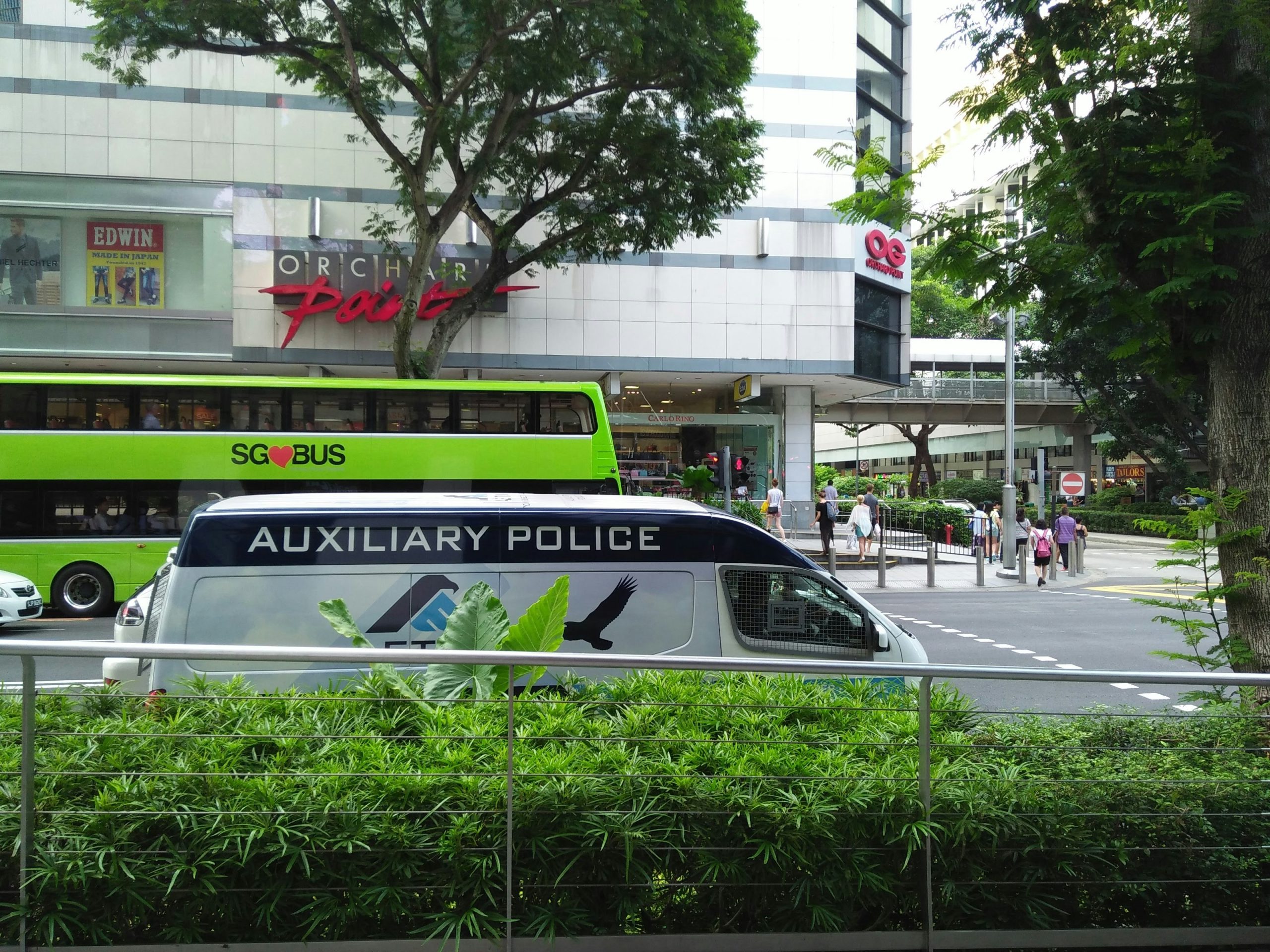The Impact of Autonomous Vehicles on Urban Living
Autonomous vehicles (AVs) are poised to revolutionize urban living in various ways, transforming transportation, infrastructure, economics, and the overall urban environment. Here’s an overview of their potential impact:
1. Transportation and Mobility
- Increased Efficiency: AVs can optimize traffic flow, reducing congestion through better coordination and communication.
- Reduced Travel Costs: Shared autonomous vehicles (SAVs) could lower transportation expenses, making mobility more accessible to different socioeconomic groups.
- Enhanced Accessibility: AVs could provide mobility solutions for the elderly, disabled, and others who cannot drive conventional vehicles.
2. Urban Infrastructure
- Redesigned Streets: AVs may reduce the need for wide roads and expansive parking spaces, allowing cities to repurpose these areas for parks, bike lanes, and pedestrian zones.
- Smarter Traffic Management: With AVs, cities might invest in advanced traffic systems to support vehicle communication, such as intelligent signals and adaptive roadways.
3. Environmental Impact
- Lower Emissions: Electric autonomous vehicles could reduce greenhouse gas emissions, especially if paired with renewable energy.
- Optimized Energy Use: AVs can maximize fuel efficiency through algorithms that minimize idling and optimize routes.
4. Economic Shifts
- Job Market Changes: The transportation and logistics sectors may experience significant job displacement, particularly among drivers.
- New Business Models: SAVs could lead to growth in mobility-as-a-service (MaaS) platforms, reshaping traditional vehicle ownership models.
5. Safety and Health
- Reduced Accidents: AVs are expected to significantly decrease accidents caused by human error, enhancing public safety.
- Improved Air Quality: Reduced reliance on fossil-fueled vehicles and fewer traffic jams can lead to cleaner urban air, improving public health.
6. Social and Community Impacts
- Increased Social Equity: Affordable and accessible AV services could reduce transportation disparities across communities.
- Privacy and Security Concerns: The adoption of AVs raises issues related to data privacy, surveillance, and cybersecurity.
Challenges and Considerations
- Regulatory Hurdles: Governments must develop policies and standards for AV integration.
- Public Trust and Adoption: Building confidence in AV safety and reliability is crucial.
- Infrastructure Investment: Cities need to invest in AV-compatible infrastructure, which can be costly.
Future Outlook
The transition to autonomous vehicles could reshape urban living by fostering smarter, greener, and more inclusive cities. However, careful planning, policy adjustments, and public engagement will be essential to address challenges and maximize their benefits.
Would you like more detail on any specific aspect, such as their effect on urban design, legal frameworks, or a particular case study?






